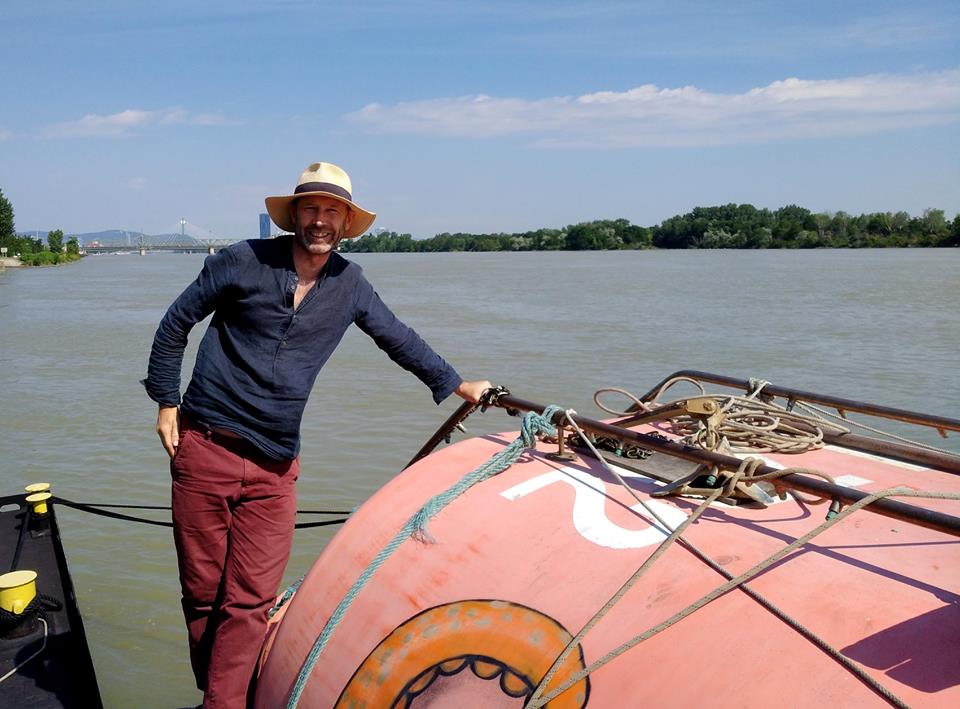#Indymedia was a decentralized, grassroots media network that emerged in the late 1990s and early 2000s. It was founded on the principles of open publishing, direct democracy, and anti-authoritarianism. The project eventually experienced a split in the UK, with one side, the #fashernista, building an aggregating site and the other #geekproblem building a centralized silo. The split was supposedly over technical disagreements, but was driven by doctrinal and tribal disputes. The decision-making process, like much activism at the time grew to rely on #formalconsensus, become ossified and unfixable, so no decisions could be made to mediate this.
The split was ultimately driven by a focus on control on both sides. The two sides were more interested in their own tribal agendas than in working together to build a diverse and #4opens #OMN. The silo eventually built an aggregating site, with RSS feeds, but in a very controlling way. The stress was always on control as “security” and this ultimately led to the decline of the #Indymedia project. The #dotcons took over the space, and the project became irrelevant.
I was working on the project, the person working in the middle, saying “don’t be a prat” as each side tore and tore and tore I continued in the grassroots, saying that the culture is the key and that the value is in open media network, not control. The split in Indymedia was a shit show, but we can learn from it in the reboot of the project.
The plan now is to reboot the project before the split happened, around 2008 with a focus on the #fashernitas path of the two splinter groups. This path emphasizes openmedia and decentralized structures, rather than control and centralization. However, with the reboot there is still a very real risk that some members of the community will push for a control/#encryptionist path, which could lead to another split in focus. The challenge is to find a way to walk this path without succumbing to the same tribalism and power politics that led to the decline of the original project.
The use of hashtags and semantic web technologies did not exist at the time. Tags and metadata were not core to the start original Indymedia project, but they were later being added as a way to help organize and categorize content, the idea of building a structure with #RSS feeds was being discussed and enacted.
At the time, Interestingly, the silo path recognized that their approach was wrong and came back to aggregation, with moderated control of RSS flows. This is reflected in the #OMN’s choice of “trusted flow” and “moderated flow.” We are building both sides of the split of the original project and yes, criticizing the fashernista path a little, which only had trust, which would not likely work in today’s world. It’s important we do not make this decision for people. We let them decide and build both. The key is to avoid building pointless messes and to resist the #mainstreaming urge to make a mess. We are not #mainstreaming, and we must not be prats about this.
Looking at what happened to the web after this time, the last ten years of tech history, the grassroots silo path went on to build #Diaspora, while the grassroots #fashernista path went on to build the #Fediverse. However, despite these developments, there was still no news based open media network being built yet. This led to the creation of the #OMN project and the current #indymediaback reboot path.
Unfortunately, in today’s world of liberation “cats” due to the last 20 years of worship of the #deathcult, nobody sees any value in the “open” part of the #OMN. Everyone is still fixated on the silo path of control, we have to work against this #mainstreaming blindness. Over the last 20 years, the #mainstreaming as a whole took the silo/encryptionst path of the Indymedia split. Contemporary social media took #fahernista side of the #open path, the #dotcons, took the ideas and sold us back a facsimile of this that they could control, such as #Facebook and other algorithms based #dotcons
To make the reboot work , we have to tiptoe around the legacy of #Indymedia, focus on rebooting the project in its 2008 state, where the social process were still working. The silos’ path still controls the old domains, they took as a part of the ripping apart. We are building something that looks like the fashernista path they fought against, so we need to build two projects in one: control and trust. We need to get the domains back in use, which would be a huge boost to the #reboot project. At the same time, we need to build trust with everyone else, as this is the power of open. It’s complicated, but everyone wants it back. However, the history is challenging, and the two sides are still fighting: Fediverse vs. silos as we see this old mess today.


